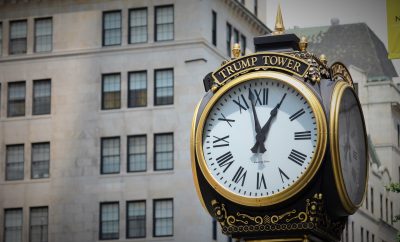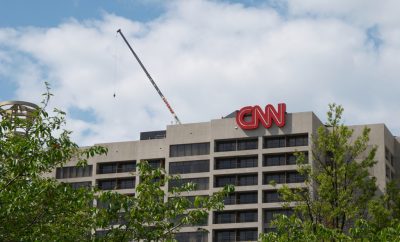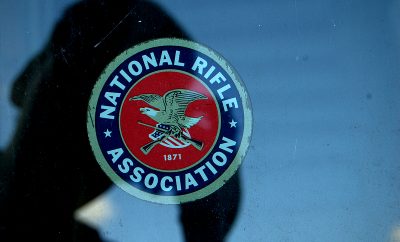 Image courtesy of [Yianni Mathioudakis via Flickr]
Image courtesy of [Yianni Mathioudakis via Flickr]
Crime
Baltimore After Freddie Gray: One of the Bloodiest Months in History
It’s official–last month marked the third highest number of homicides in Baltimore history. The city saw 43 homicides in the month of May while arrest rates sharply declined. Since Freddie Gray’s controversial death in April, the relationship between the police and the public has taken a turn for the worse. Unrelenting media coverage and public outcry over police-related violence have made 2015 the year of police scrutiny, or as some may say, accountability. Recent cases of police-related violence have led to greater distrust in the police in many areas across the country.
The growing sense of disconnect between local communities and the police has led many to question whether law enforcement is the problem, not the solution. Some believe they are better off without the constant presence of the police. This belief is especially common in the city of Baltimore, where riots erupted after Freddie Gray’s death.
The protests sent a message to Baltimore police officers indicating that they were undesired in many communities. The riots also led to a rapid decline in proactive law enforcement techniques, an effort to appease many Baltimore residents. But in light of recent murder statistics, are people better off with less policing?
The month of May saw a drastic decline in police activity, with arrests going down approximately 56 percent compared the same period last year. In May 2014, police arrested 2,396 people in the first 19 days of the month, with an average of 126 arrests per day. Last month, however, there were considerably fewer arrests, as police arrested 1,045 people, an average of 55 arrests per day.
Anthony Batts, the Commissioner of the Baltimore City Police Department, attributes the dramatic decrease in proactive policing in Baltimore to the growing fear of prosecution among police officers. At a recent city council meeting, Batts said “There are people, and they’ve said this to me, ‘If I get out of my car and make a stop for a reasonable suspicion that leads to probable cause but I make a mistake on it, will I be arrested?’” This growing fear of legal action against officers appears to explain the sharp decline in arrests, which comes just one month after six police officers were indicted for their involvement in Freddie Gray’s death.
While the rate of arrests in Baltimore plummeted last month, the number of homicides did not. Instead, the city experienced its single bloodiest month in more than 40 years with a total of 43 homicides. The month of May saw more than 40 percent more murders relative to the previous year, and the rate nearly doubled the 22 homicides of the month prior. A total of nine murders occurred over a violent Memorial Day weekend, which also had nearly 30 shootings.
Last month’s raw homicide figures were the worst of any month in 40 years, and the third worst in Baltimore’s history. This is particularly shocking when looking back at the well-documented history of violence that made Baltimore one of the most violent cities in America for some time. August 1990 held the fourth bloodiest month in Baltimore history with 42 homicides, December 1971 takes second place with 44, and August 1972 tops the list with 45.
In terms of raw numbers, May saw fewer murders than December 1971 and August 1990, but when you adjust for changes in population the rate was actually much higher than any previous month. The murder rate last month was 6.9 murders per 100,000 residents, a stunning 38 percent higher than the rate in August 1972. This is because Baltimore housed roughly 280,000 more residents in 1972 than in 2015 according to Census data.
The chart below shows the adjusted murder rate for the four deadliest months in the Baltimore’s history as well as their total homicide counts.
Peter Moskos, a former Baltimore police officer and current professor at the John Jay College of Criminal Justice put these numbers in perspective in a recent blog post:
Even if no other people had been murdered in Baltimore before May, and even if no more people were killed from today until 2016, Baltimore would still have an above average annual homicide rate just based on the May killings.
In the first full month since the Freddie Gray protests two major changes have occurred in the city. Arrest rates have dropped by more than half, while homicides have risen by 40 percent. Antoinette Perrine, a Baltimore resident whose brother was recently gunned down near her home in West Baltimore told CBS Baltimore, “It’s so bad, people are afraid to let their kids outside… police used to sit on every corner, on the top of the block. These days? They’re nowhere.” It may be too early to tell, but a reduction in police activity might not be what is best for the city of Baltimore.








Comments